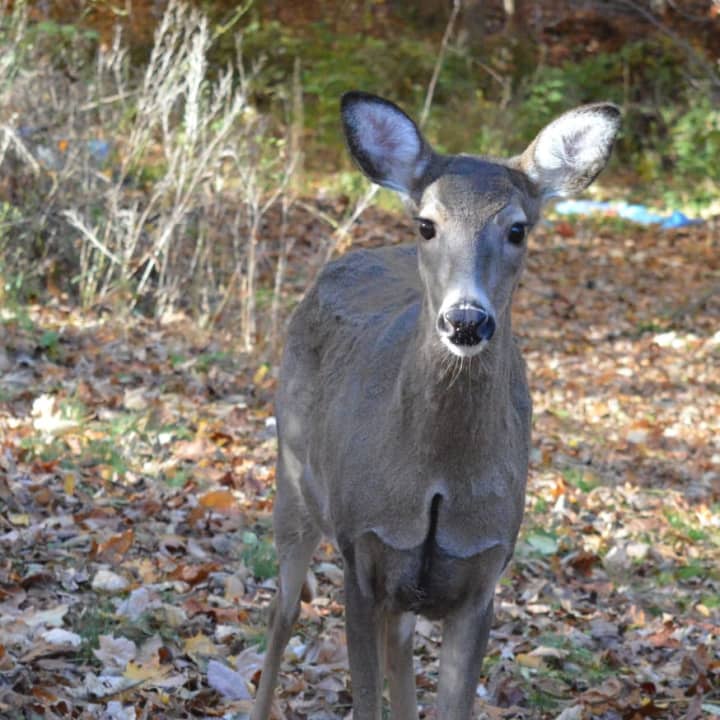The cause of death could not definitively be determined due to the condition of the dead animals, but the manner in which the deer were found led DEEP biologists to suspect that hemorrhagic disease may be the cause.
The DEEP Wildlife Division is encouraging anyone who observes deer appearing emaciated, behaving strangely, or lying dead along the edge of waterbodies to report the information to the DEEP’s 24-hour emergency Dispatch Center at 860-424-3333 or the DEEP Wildlife Division at 860-418-5921.
The department is seeking to test other dead deer to confirm that hemorrhagic disease is the cause.
In early September, a concerned hunter contacted the DEEP Wildlife Division about several dead deer found along a small waterbody adjacent to the Connecticut River in Portland. The dead deer were along the bank, while some were floating in the water. Several additional deer were found less than a mile at another small waterbody. In total, over a dozen deer were found dead in the area.
Hemorrhagic disease is transmitted by biting midges, which are commonly referred to as sand gnats, sand flies or no-see-ums.
First documented in New Jersey in 1955, the disease has been documented in many southeastern states and recently reported throughout the mid-Atlantic region. In 2007, over 20 deer were found dead due to hemorrhagic disease near Albany County, N.Y., and another outbreak in New York in 2011 killed nearly 100 deer.
All documented outbreaks of hemorrhagic disease tend to occur during late summer and early fall due to an increase in midge numbers and will cease with the onset of a hard frost, which kills the midges carrying the virus.
Hemorrhagic disease does not infect humans, and people are not at risk by handling infected deer, eating venison from infected deer, or being bitten by infected midges.
The disease rarely causes illness in domestic animals, such as cattle, sheep, goats, horses, dogs, and cats. Hunters should observe normal precautions around any sick or strange-acting animals.
Click here to follow Daily Voice Norwalk and receive free news updates.



